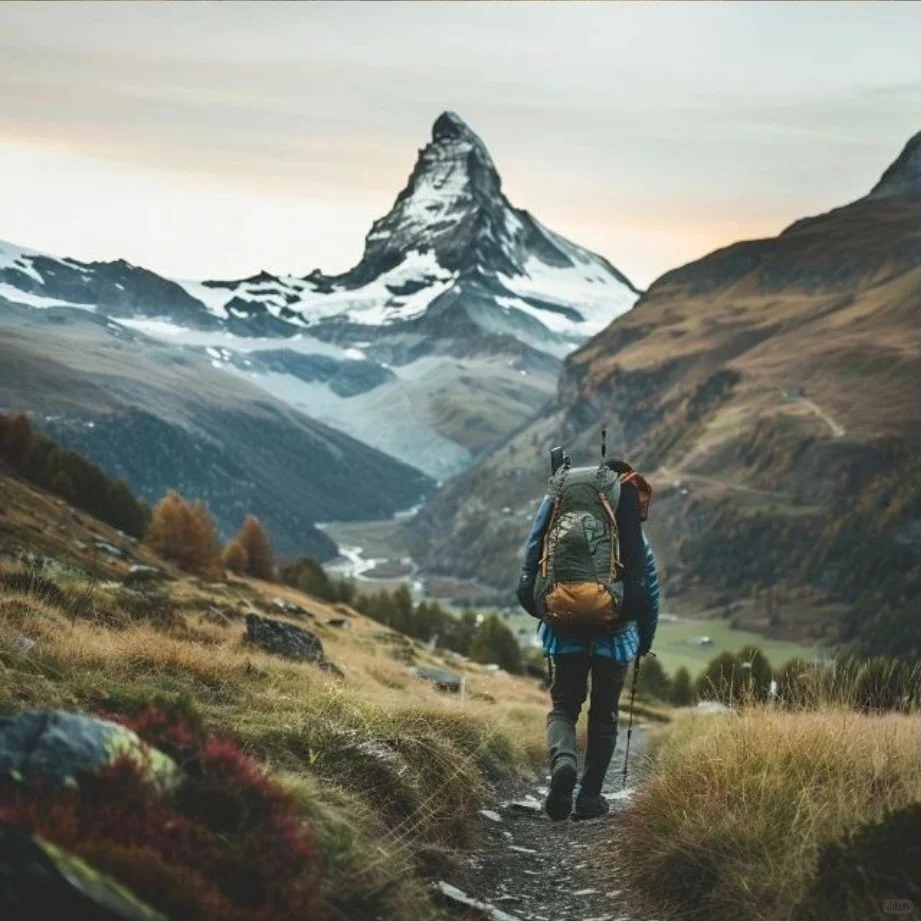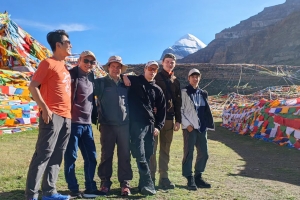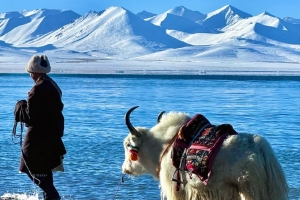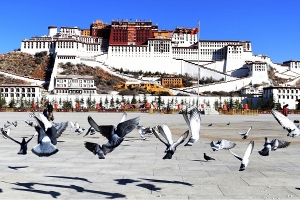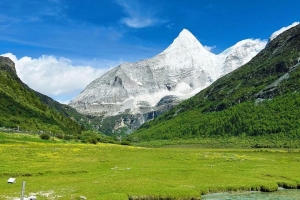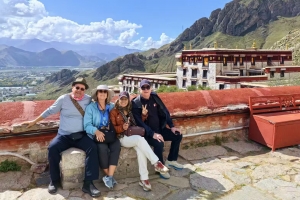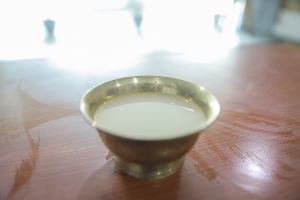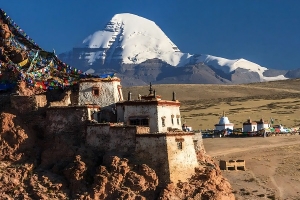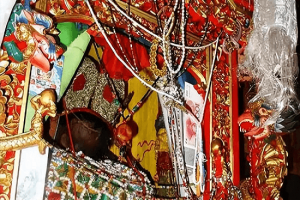For many, Tibet is more than a destination—it’s a spiritual journey. With snow peaks, clear lakes, and fluttering prayer flags, every moment feels sacred. Backpacking here challenges the body and frees the mind. Pack up and let your steps trace the soul of the plateau.
1. Why Choose Backpacking in Tibet?
Backpacking means freedom and low cost, but more importantly, it’s a way to engage deeply with the local culture. You can flexibly adjust your route according to your stamina, interests, and pace—pause anytime to admire the Potala Palace under the sun or sip butter tea in a small Tibetan shop around the corner. Compared with group tours or car rentals, backpacking often offers a more authentic and grounded experience, and a greater chance to collect unforgettable stories and friendships.
2. Routes to Enter Tibet: Go Deep Rather Than Far
- Qinghai-Tibet Railway Route (Classic Train Route)
Route: Xining/Xi’an/Chongqing → Lhasa
Features: See the Hoh Xil Nature Reserve, Tanggula Mountains, Northern Tibetan Grasslands
Recommendation: Smooth altitude acclimatization and breathtaking scenery; perfect for first-time backpackers
- 2. Sichuan-Tibet Southern Route (Most Popular Pilgrimage Route for Backpackers)
Route: Chengdu → Kangding → Daocheng Yading → Bomi → Nyingchi → Lhasa
Features: Known as the “Most Beautiful Road to Tibet” with rich and varied landscapes
Recommendation: Stunning but with challenging roads; suitable for backpackers with outdoor experience
- 3. Yunnan-Tibet Route (Cultural & Scenic Route from Yunnan)
Route: Kunming → Dali → Lijiang → Shangri-La → Mangkam → Nyingchi → Lhasa
Features: Multi-ethnic fusion of Tibetan, Naxi, and Bai cultures; ideal for travelers who love cultural immersion
Recommendation: Milder climate; best for spring and autumn travel
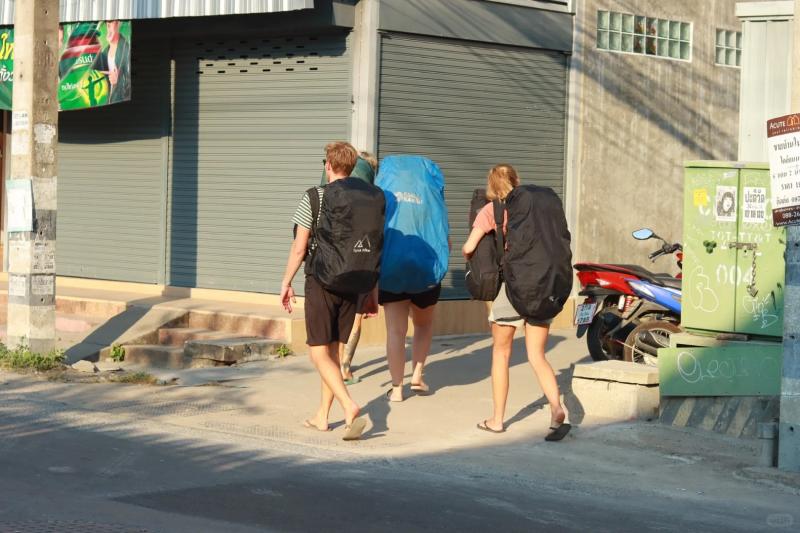
3. Essential Packing List for Backpackers
- Basic Gear
Hiking backpack (50L+ recommended, waterproof preferred)
Fleece jacket, windbreaker, quick-dry clothing
Sunglasses, sunscreen, hat, face mask (to protect from high-altitude wind and dust)
- Useful Tools
Route maps (download offline maps like Maps.me)
High-altitude medications (Rhodiola, ibuprofen, glucose, oxygen canisters)
Thermos, pocket knife, toiletry kit, headlamp
- Documents & Tickets
ID card (foreigners need Tibet travel permits)
Student ID (some attractions offer discounts)
Cash and bank cards (some remote areas do not accept mobile payments)
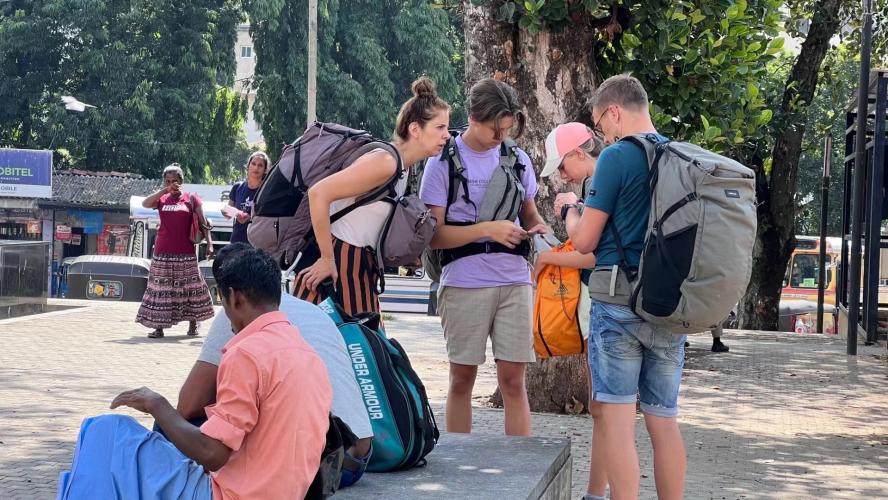
4. How to Backpack in Tibet?
- Lhasa: The Heart of Tibetan Culture
The Potala Palace, Barkhor Street, and Jokhang Temple embody Lhasa’s soul. Join locals in circumambulating Barkhor, or spend a quiet afternoon in Potala Square feeling the power of faith.
- Namtso Lake: The Backpacker’s “Lakeside Meditation”
Camp overnight beside the sacred lake under a star-filled sky, with the wind singing softly. Remember to keep warm and monitor altitude effects.
- Shannan: Where History and Faith Meet
Known as the cradle of Tibetan civilization, Shannan offers historic sites like Yumbulagang Palace and Samye Monastery. It’s less crowded and perfect for deep exploration.
- Nyingchi: Tibetan Jiangnan, Beautiful in Every Season
Nyingchi’s Peach Blossom Valley and Lulang Forest are ideal in spring. The scenery is fresh and the altitude lower, making it good for acclimatization.
- Everest East Base or Mount Kailash Pilgrimage (Advanced Routes)
If your physical condition is strong and preparation adequate, challenge yourself with these pilgrimage routes and experience the collision of faith and nature.
5. About Altitude Sickness and Safety Tips
Acclimatization: Rest without strenuous activity on your first day in Tibet
Diet: Drink plenty of water, eat easily digestible foods, avoid overeating
Altitude Sickness: Mild symptoms can be self-managed; for severe symptoms, descend immediately or seek medical help
Night Safety: Keep warm due to large temperature drops; avoid going out alone at night
6. Best Travel Seasons
| Season | Features |
| Spring (Apr–May) | Peach blossoms in Nyingchi, moderate temperatures |
| Summer (Jun–Aug) | Greenest grasslands, ideal for hiking |
| Autumn (Sep–Oct) | Clear weather, colorful landscapes |
| Winter (Nov–Feb) | Fewer tourists, beautiful snowy Potala Palace views, suitable for experienced backpackers |
7. If You Need Support — Journey2Tibet Is Your Ideal Partner
While backpacking emphasizes freedom and spontaneity, in Tibet’s unique high-altitude environment, smart resource management and emergency support are indispensable. Journey2Tibet offers flexible, personalized services for backpackers including:
- Airport pick-up in Lhasa for smooth arrivals
- Convenient booking of attraction tickets, accommodations, and private cars
- Small group shuttle options and mixed self-guided + group tours
- High-altitude emergency kits and medicine purchase service
- Professional guide and driver teams, ideal for first-timers
If you want to experience Tibet freely but with professional support at crucial moments, Journey2Tibet will be your trustworthy travel companion—letting you focus on soaking in the stunning scenery and spiritual shock.
Tibet is not far, as long as you are willing to shoulder your backpack and take the first step. Every backpacker who walks across the snowy plateau will be deeply moved by this land. Whether traveling solo or with companions, always keep a respectful, humble, and passionate heart. May every step you take in Tibet be a journey back to your inner self.

